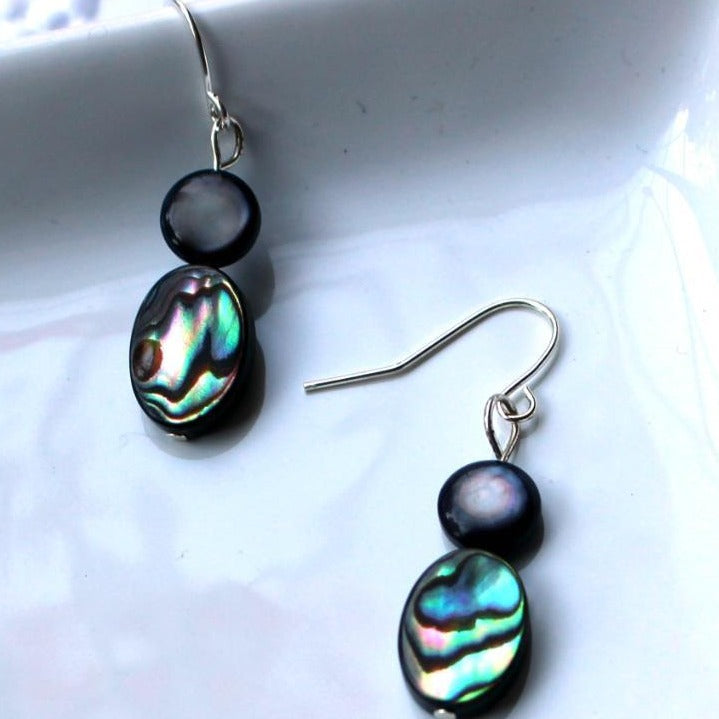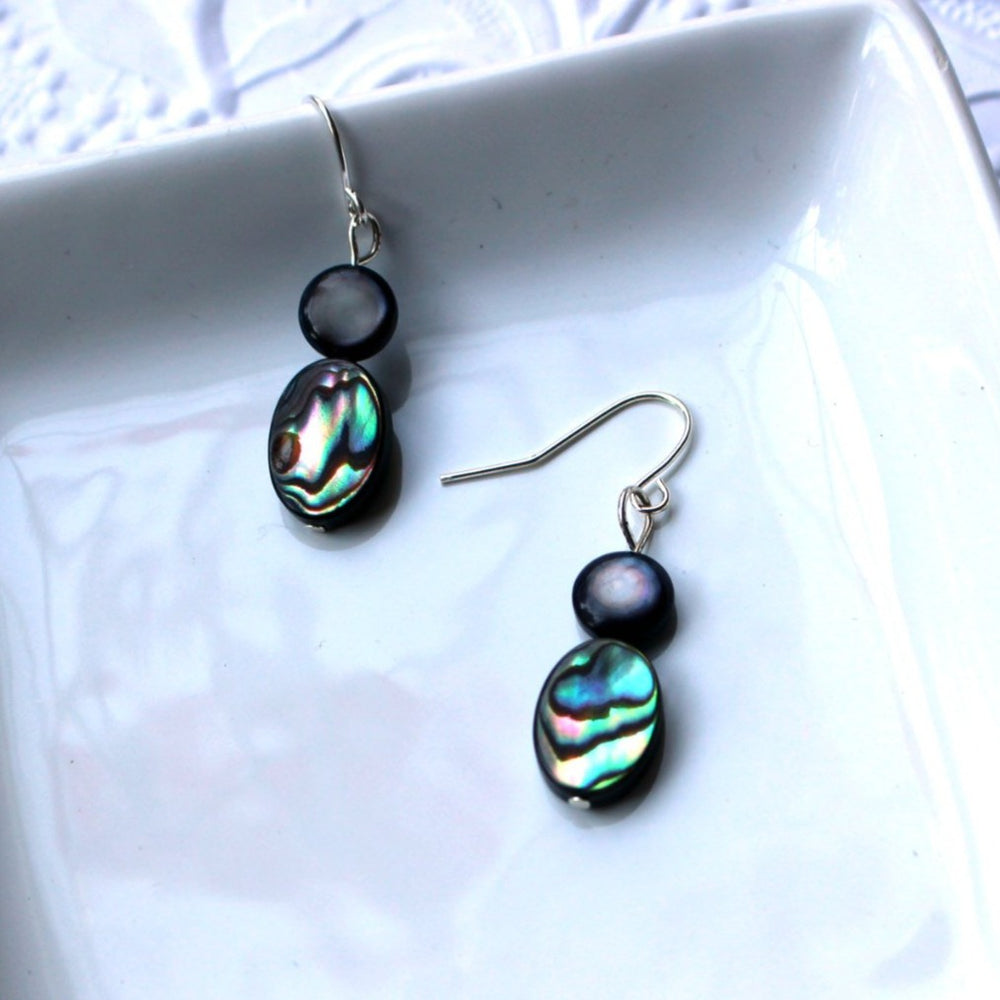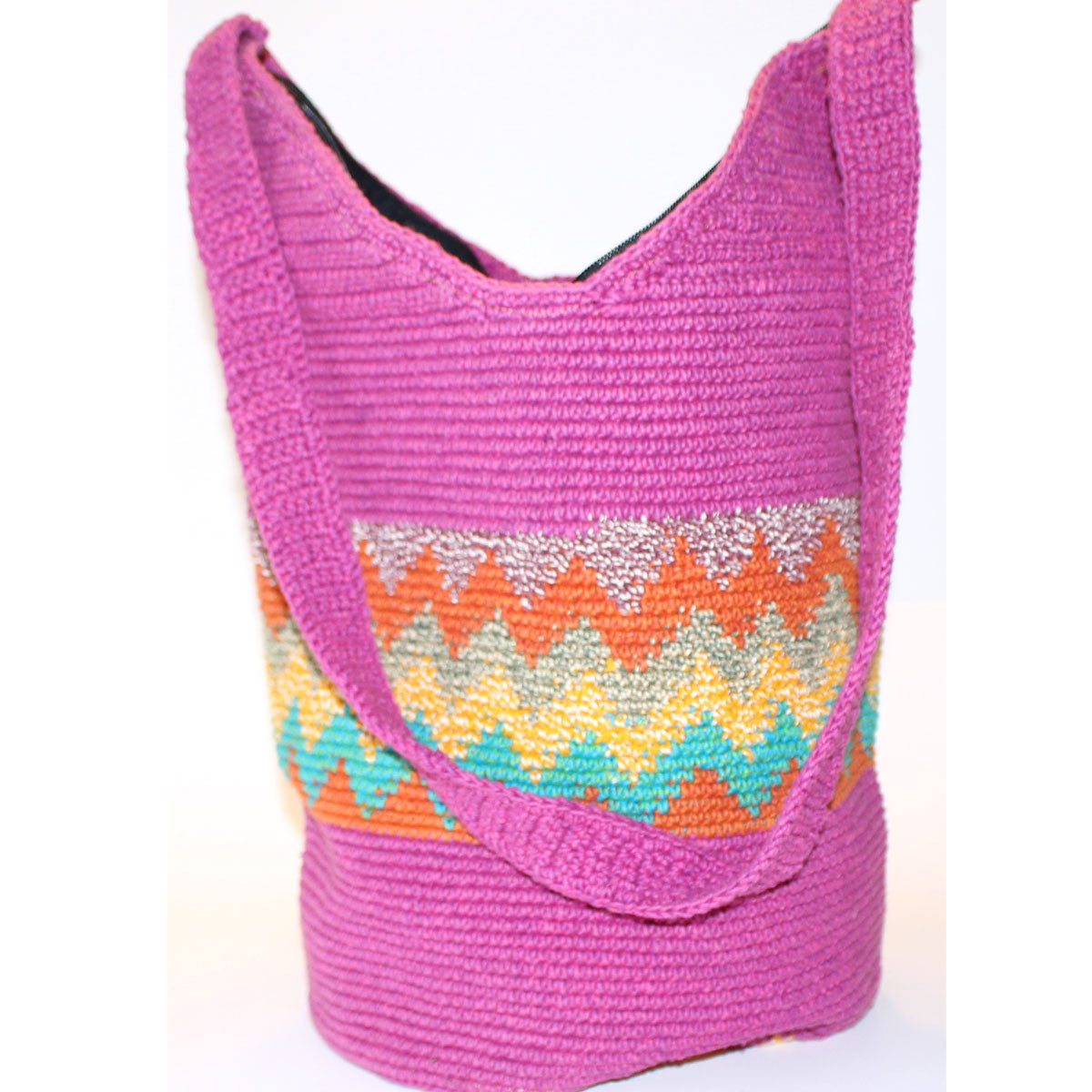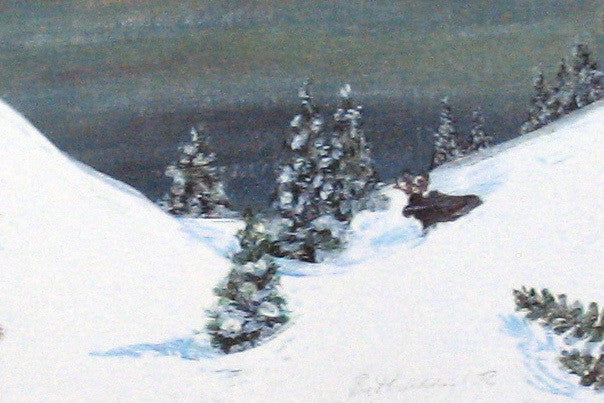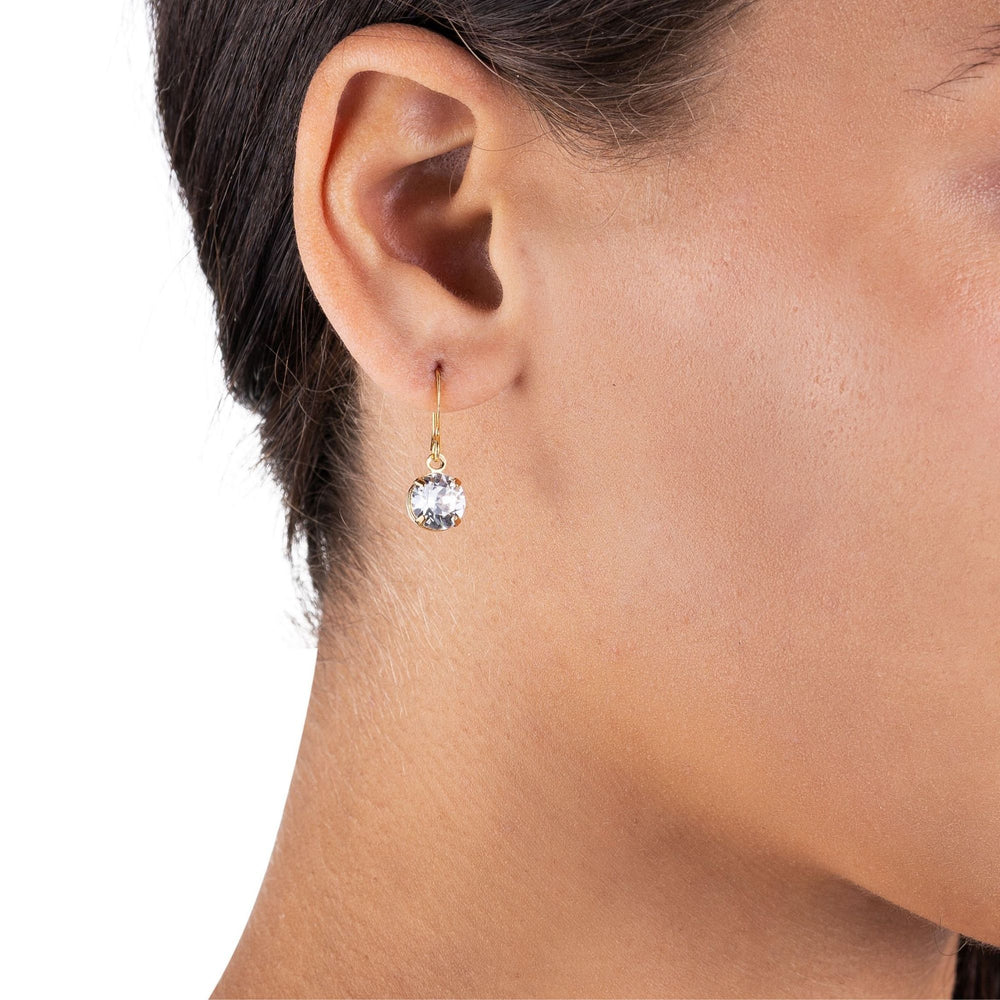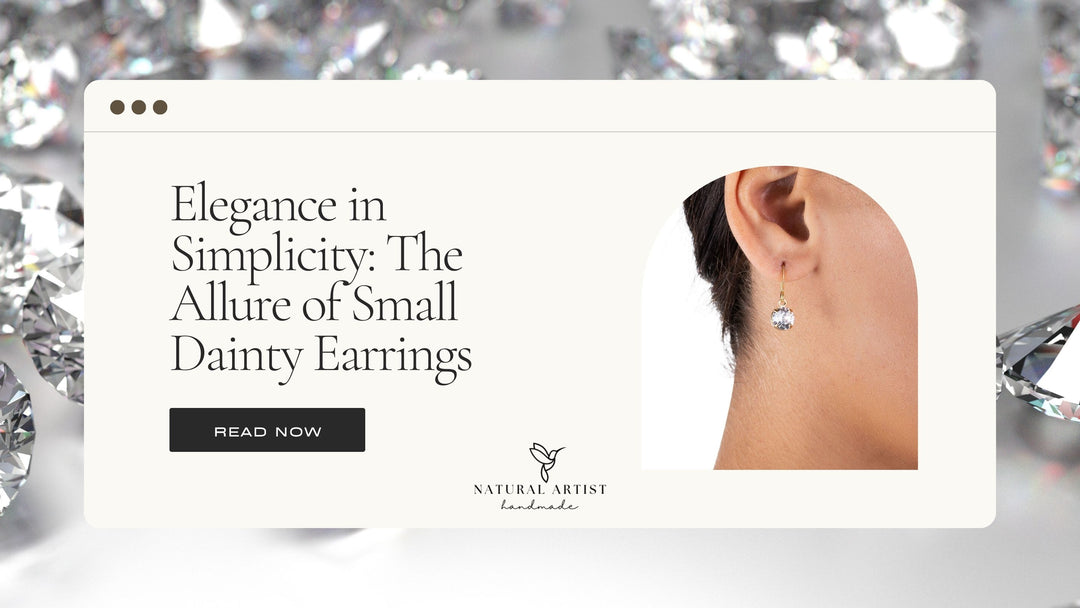The Enchanting Craftsmanship Behind Crystal Beads
Crystal beads have captivated the imagination of artisans and enthusiasts alike for centuries, their radiant sparkle and ethereal beauty making them a staple in jewelry, fashion, and home décor. These mesmerizing beads are not just the result of nature's whims, but rather the culmination of intricate human craftsmanship and the fusion of science and art. In this article, we will delve into the fascinating process of creating crystal beads, exploring their origins, manufacturing techniques, and the science behind their mesmerizing brilliance.
{Shop Luxurious Crystal Earrings}
Origins of Crystal Beads
The history of crystal beads dates back to ancient civilizations, where they were initially crafted from naturally occurring quartz crystals. These ancient beads held symbolic significance and were used as amulets, currency, and symbols of power and prestige. Over time, the art of beadmaking evolved, and skilled artisans began experimenting with various techniques to enhance the beads' brilliance and color.
{Shop Luxurious Crystal Earrings}
Modern Crystal Manufacturing Techniques
Modern crystal beads are typically made from glass infused with lead oxide, which is responsible for their signature sparkle and luster. The manufacturing process involves several intricate steps:
1. Melting: High-quality raw materials, including silica sand, lead oxide, and various minerals for color, are mixed together and melted at high temperatures to form a molten glass mixture.
2. Shaping: The molten glass is then carefully shaped into bead forms using various techniques like molding, pressing, or extruding. This step gives the beads their desired shape and size.
3. Cooling and Annealing: The shaped beads are gradually cooled to room temperature in a controlled manner to prevent internal stress and ensure their structural integrity. This process, known as annealing, also enhances the beads' durability.
4. Cutting and Polishing: Once the beads are cooled, they are cut and polished to reveal their innate brilliance. This step involves intricate faceting, where precise cuts are made on the surface of the bead to create reflective surfaces that catch and refract light.
5. Coating: Some crystal beads undergo additional treatments such as coatings to enhance their color and shine. A thin metallic or iridescent coating may be applied to the surface of the bead, resulting in a dazzling array of hues.
The Science of Sparkle
The mesmerizing sparkle of crystal beads is not simply a result of their exquisite craftsmanship; it's deeply rooted in the science of optics. The facets cut into the beads' surface serve as tiny mirrors that reflect and refract light in intricate patterns. This dispersion of light creates the signature play of colors and flashes that make crystal beads so enchanting.
The lead oxide content in crystal beads also contributes to their brilliance. Lead has a high refractive index, meaning it bends and slows down light more than other materials. This property enhances the dispersion of light, resulting in the stunning rainbow-like effects characteristic of crystal beads.
{Shop Luxurious Crystal Earrings}
Conclusion
Crystal beads are a testament to the harmonious marriage of human creativity, scientific knowledge, and artisanal craftsmanship. From their ancient origins to modern manufacturing techniques, these beads continue to capture our hearts with their timeless allure. The intricate process of creating crystal beads, involving melting, shaping, cutting, and polishing, transforms simple materials into dazzling masterpieces. As we adorn ourselves and our surroundings with these radiant treasures, let us remember the labor-intensive process and the fusion of art and science that make crystal beads truly extraordinary.
Citations:
1. T. A. Reyman et al., "Lead Crystal," in Kirk-Othmer Encyclopedia of Chemical Technology, John Wiley & Sons, Inc., 2004.
2. H. H. Coggeshall, "Lead and the Optics of Lead Crystal," Industrial & Engineering Chemistry, Vol. 20, No. 11, 1200-1205, 1928.
3. L. Davis, "The History of Beads: From 100,000 B.C. to the Present," Harry N. Abrams, 1995.
4. W. J. Schultz, "The Chemistry and Physics of the Lead Crystal Industry," Journal of Chemical Education, Vol. 33, No. 8, 392-400, 1956.
